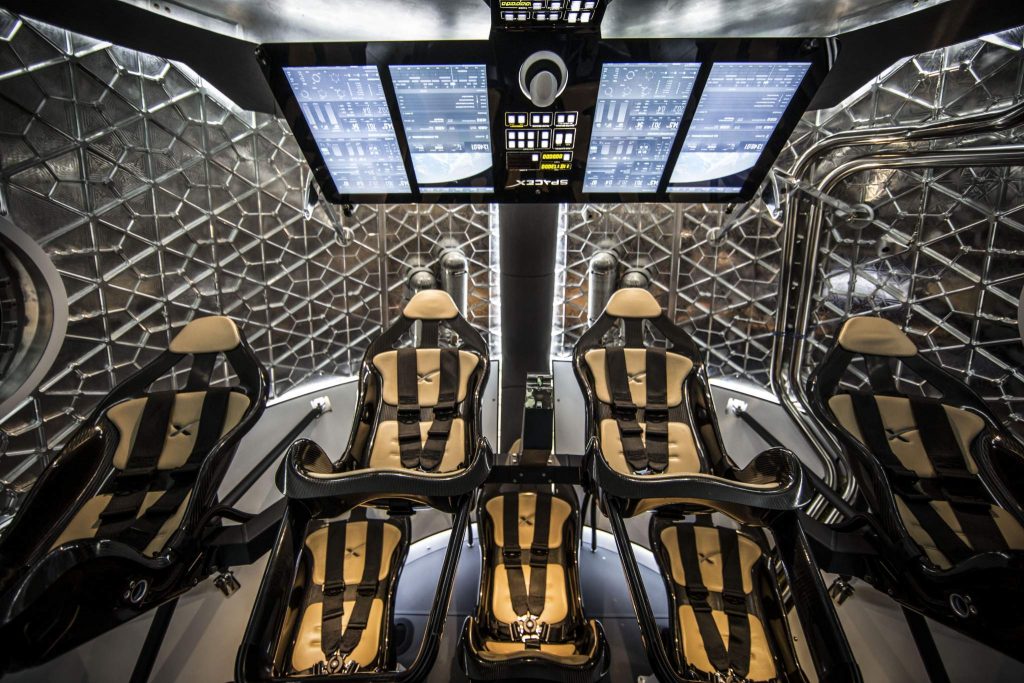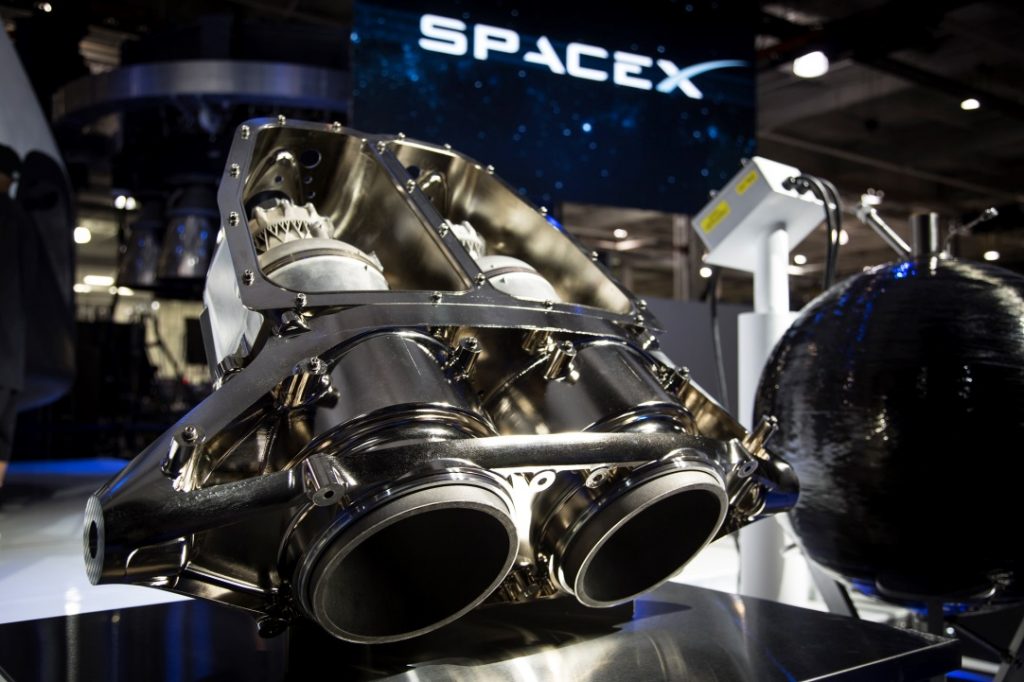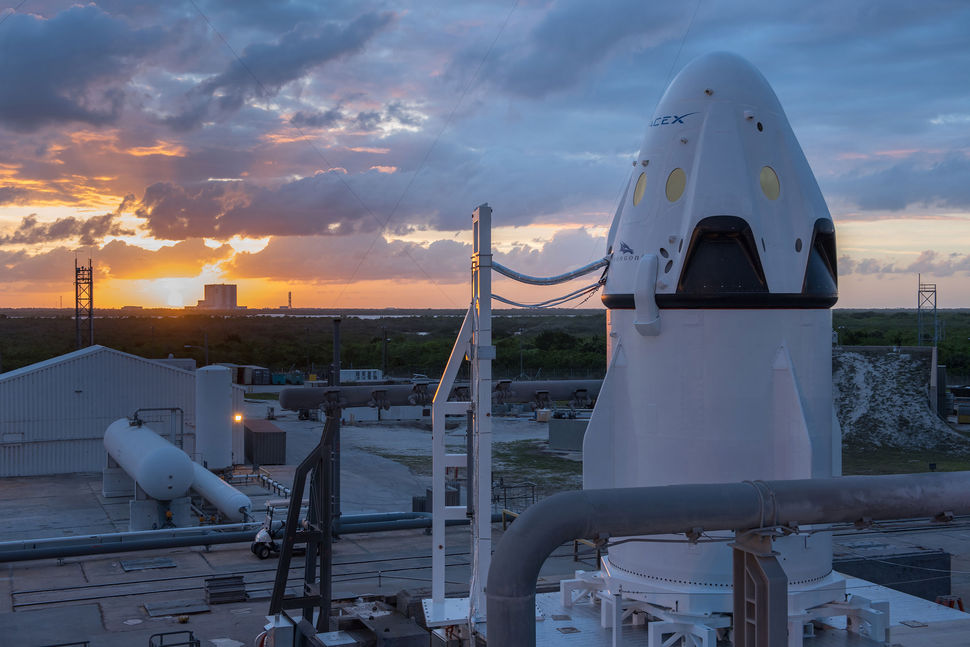California’s SpaceX private space exploration program, founded by Elon Musk in 2002, has set a date for its first commercial flight around the moon. The Crew Dragon spacecraft, with 3D printed parts, is due to fly two passengers around the Earth’s moon late 2018.
An announcement on the company’s website states,
Designed from the beginning to carry humans, the Dragon spacecraft already has a long flight heritage. These missions will build upon that heritage, extending it to deep space mission operations, an important milestone as we work towards our ultimate goal of transporting humans to Mars.

Flown by 3D printed engines
3D printed production of SpaceX craft originally started with non-crtitical components. From 2013, the company started additively manufacturing parts for use in the thruster of the SuperDraco engine.

These engines are installed inside the Crew Dragon spacecraft as a safety mechanism to free astronauts in case of emergency, and also to ensure an easy landing on the craft’s return to earth.
Test of the SuperDraco thruster. Clip via SpaceX on YouTube
In an interview for the New Space Journal Musk comments,
It’s a very complex engine, and it was very difficult to form all the cooling channels, the injector head, and the throttling mechanism. Being able to print very high strength advanced alloys, I think, was crucial to being able to create the SuperDraco engine as it is.
At the 67th International Astronautical Congress (IAC) 3D Printing Industry editor-in-chief Michael Petch also heard first hand how additive manufacturing is at the core of SpaceX ambitious plan to colonize Mars.
A private 3D printing space race
Headquartered in Washington, aerospace manufacturer Blue Origin are also heading for space with a spacecraft including “over 400 additively manufactured parts.” New Mexico’s Virgin Galactic are working with DMG MORI’s hybrid additive and milling machines to accelerate engine production. And, in the UK, Surrey Satellites Technology Ltd. are using selective laser melting (SLM) of metals with the University of Southhampton to produce an electrothermal propulsion system.
You can read more about each of these enterprises in our previous feature 4 enterprises (who are not SpaceX) using 3D printing to reach space.
Further schedule for SpaceX flights
As part of the SpaceX’s contract with the International Space Station (ISS) the Dragon 2 is required to make 4 missions to the station per year. These missions, primarily for carrying cargo, will serve as test flights for the private citizens flying in 2018.
The Crew Dragon will take an automatic test flight to the International Space Station (ISS) sometime in 2017. In the second quarter of 2018, it will take another trip to the ISS, this time with trained crew onboard. Presumably another 2 cargo flights will take place before the commercial liftoff.

To stay up to date on the SpaceX program, sign up to the 3D Printing Industry newsletter, like us on Facebook and follow us on Twitter.
Vote now in the first annual 3D Printing Industry Awards.
Featured image shows a test flight of the Crew Dragon to try the abort system. All photos featured in this article are via SpaceX



